Singapore to Seoul
For a heady mix of cultures, terrific and varied pan-Asian cuisine and a list of weird and wonderful attractions as long as your arm, Seoul and Singapore are second to none. Frequent direct flights between the two mean doing the Singapore to Seoul (or indeed Seoul to Singapore) double on your Asian vacation couldn’t be easier. Read on for our bite-size city guides and discover the best ways to get from one city to the other.
Seoul: the Lowdown
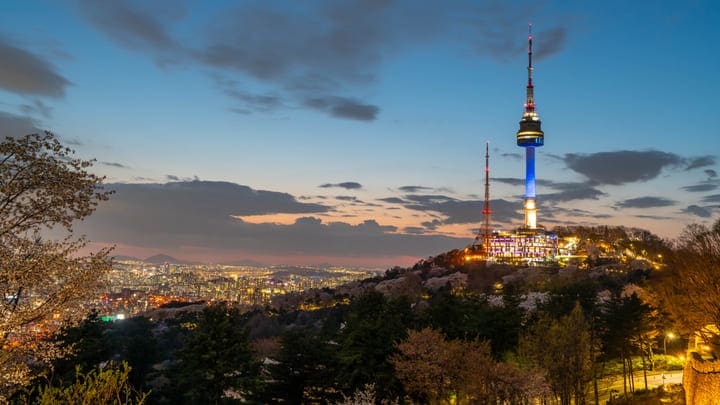
Split through its middle by the wide Han River, Seoul is a densely populated megalopolis of some 10 million people, its futuristic towers, bridges and skyscrapers set among ancient mountains and plains in the northwest corner of South Korea. Attractions here are many and varied with several ancient UNESCO sites, including the regal gardens and pagodas of Changdeokgung Palace and the royal tombs of the Joseon dynasty, which ruled over Korea for 500 years from the 14th to the 19th centuries. More modern pursuits include a visit to Seoul’s tallest building, the skyscraping 123-story Lotte World Tower, and its sprawling amusement park namesake on (and around) Seokchon Lake. Then there’s Dongdaemun Design Plaza, a space-age architectural marvel packed with shops, bars, restaurants, exhibitions and even a sensory playground for kids. And the achingly photogenic oasis that is leafy Nami Island, a mere 90 minutes from the city center.
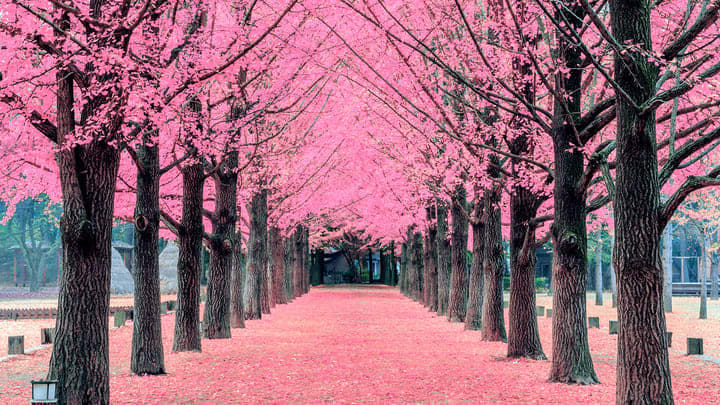
Seoul is dry and icy-cold in winter and very hot and humid in summer, with a monsoon season that runs between June and September. The relatively short spring and autumn seasons are therefore the best times to visit, when you can expect mild weather and clearer skies but also – as inevitably as night follows day – higher hotel rates. On the plus side, there’s accommodation here to fit most budgets, though visitors should remain conscious that a week in Seoul can be eye-wateringly expensive wherever you end up staying. As a general rule, downtown districts including Jongno or Euljiro are likely to be cheaper than Myeong-dong and Gangnam, while longer-term visitors might want to consider rented accommodation in student neighborhoods like Sinchon and Hongdae.
Wherever you choose to lay your hat, you’ll find getting around Seoul a breeze thanks to its superb metro system, which has a whopping 300+ stops within the city’s relatively compact nine-mile radius. Just download the Seoul Subway Metro Map – an interactive route-planning app – pick up a T-money card (and add some credit) and you’re good to go. Handily, your T-money pass is valid for use on metros, buses and even taxis across South Korea.
Save a bit of cash with Go City when you buy an All-Inclusive or Explorer pass to multiple major Seoul attractions.
Singapore: the Lowdown
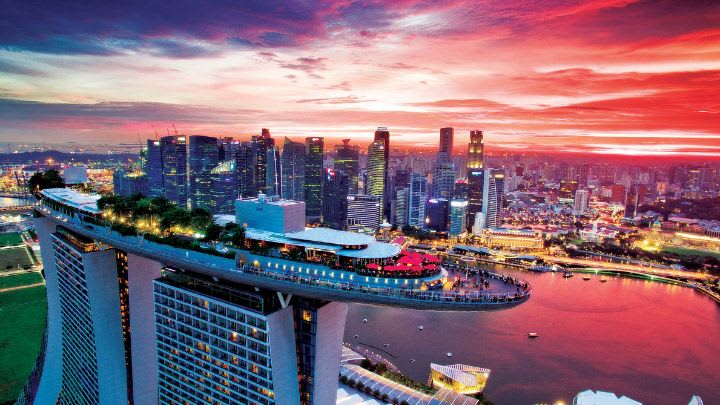
There’s a whole world of fun awaiting in Singapore, from splashing around in the world’s biggest rooftop infinity pool (57 stories up atop the Marina Bay Sands Resort, fact fans) to gorging on chili crab and sticky pork satay in one of the wonderful hawker centers here. Then there’s the soaring Singapore Flyer observation wheel, authentic Singapore Slings at Raffles Hotel (where the iconic cocktail was invented), the Instagram-tastic Gardens by the Bay, and the island playground that is Sentosa, its myriad attractions – Universal Studios, the S.E.A. Aquarium and several of Singapore’s finest palm-lined beaches – easily reachable by monorail or cable car.
In fact, getting around Singapore is remarkably straightforward in general, largely thanks to the super-efficient (and mercifully air-conditioned) mass transit system, or MRT. Six lines and close to 150 stations ensure good coverage of most of the island, but you’ll likely spend most of your time here in and around the downtown circle line which calls at many of the main attractions. Pick up a Singapore Tourist Pass (STP) for unlimited use of the network for 24–72 hours or simply pay as you go by tapping in and out of stations using your contactless debit or credit card. There’s also a decent cycling infrastructure here, and plenty of green space to explore – they don’t call Singapore the Garden Island for nothing, you know! Rent a bike and cruise your way around the epic Park Connector Network and beyond.
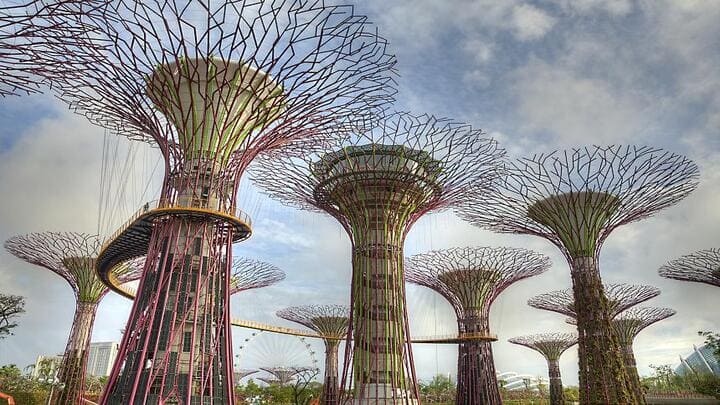
The climate in Singapore is hot, humid and wet, with temperatures in the high 80s year round. Monsoon seasons between December to March and June to September all but guarantee daily downpours, but also make for some of the most competitive accommodation rates at these times of year. We’re speaking relatively, of course: Singapore is notoriously expensive, but you may just about be able to afford a stay at luxury icons like Raffles and Marina Bay Sands during the monsoons without the need to mortgage a kidney. Cheaper alternatives are of course available, with plenty of good budget and mid-range options available in the likes of Chinatown and even around the high-end shopping mecca of Orchard Road.
Save a bit of cash with Go City when you buy an All-Inclusive or Explorer pass to multiple major Singapore attractions.
Singapore to Seoul by Air and Rail

Direct flights between Singapore and Seoul depart several times daily and take a shade over six hours each way. Carriers serving the route between Singapore’s Changi Airport and Incheon Airport in Seoul include Korean Air, Singapore Airlines and Asiana, with a one-way trip starting from around £300. Express trains from Incheon to downtown Seoul depart every 20–40 minutes and take 40 minutes; the slower, more regular trains make several stops along the route but still only take an hour to the center of town. At half the price and five times the frequency, these are probably the better bet, assuming you’re not in a crazy hurry.
And if you’re really in no rush, you could even consider making the epic voyage from Singapore to Seoul by rail. Not for the faint of heart, this method takes you up through Malaysia, and across across Thailand and Laos (with a bit of bus travel required here), then onwards through Vietnam and China before finally catching the ferry from Qingdao in North Korea to Incheon in South Korea – because you can’t cross the North/South Korea border by land.
If spending several days traveling 7,000 kilometers through unfamiliar countries on public transport sounds like an utterly absurd idea, that’s because it probably is. But adventurous souls with time on their hands could make it a reality, experiencing amazing coastal vistas, jungle trails, supercities, traditional villages and a mix of wildly different cultures along the way. Or, you know, go as far as Kuala Lumpur or Bangkok and catch your onward flight from there – both also epic adventures with plenty of fun to be had along the way!
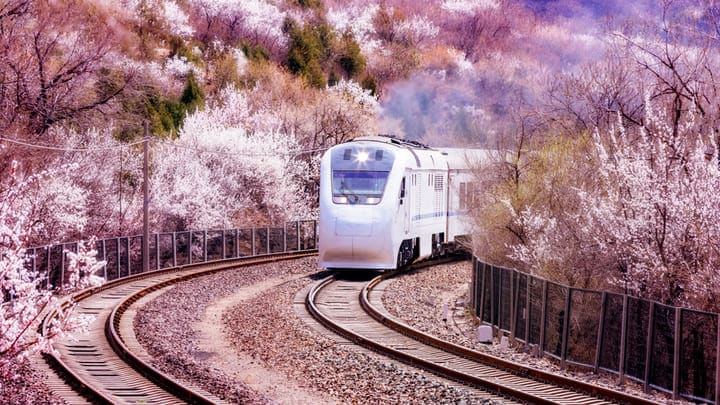
Save on attractions and activities in Singapore and Seoul
Save on admission to Singapore and Seoul attractions with Go City. Check out @GoCity on Instagram and Facebook for the latest top tips and attraction info.
